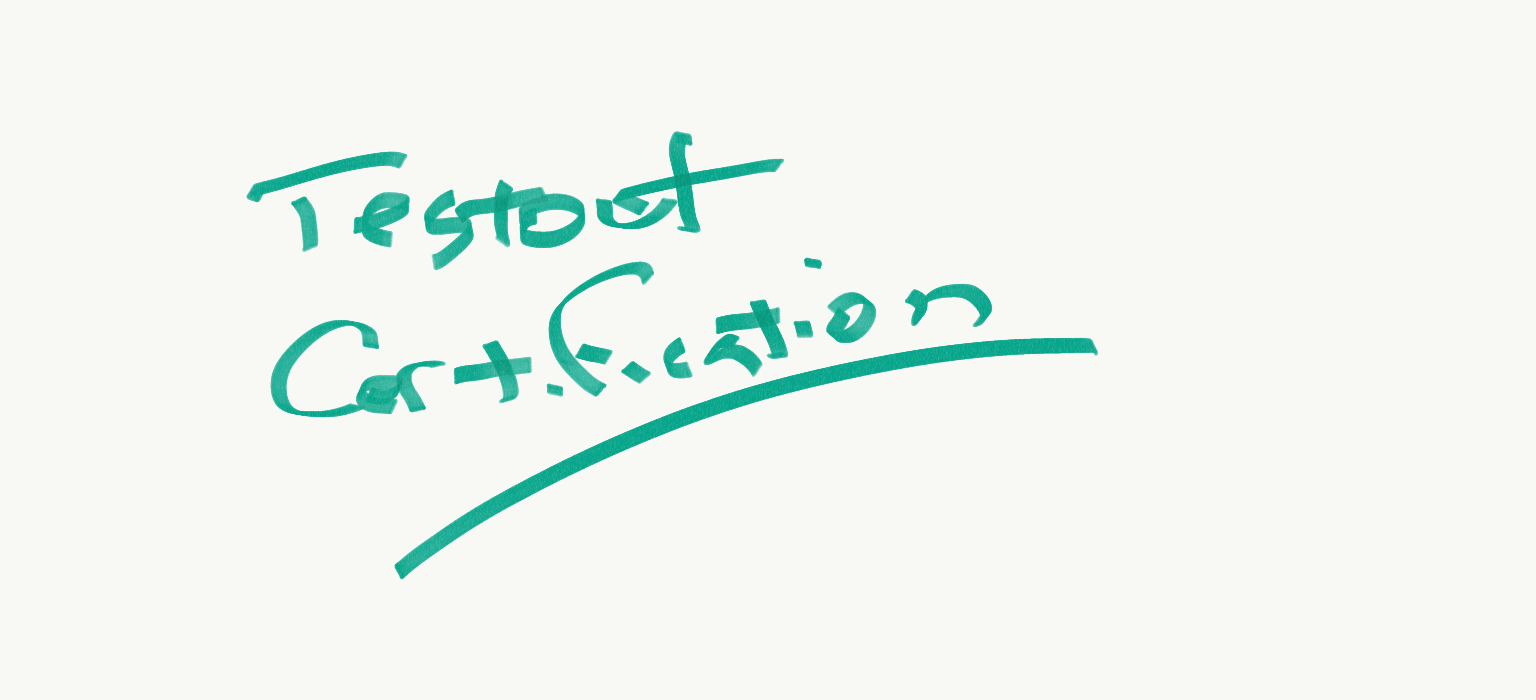I just took the Testout Security Pro certification exam
And boy am I tired.
Well that's not entirely true, but the exam took far longer than I had expected.

I am posting this summary for my students at CSU who will be taking this certification test after having completed all the Testout tutorials required for my IST 350 course. Each week the course works methodically through tutorials covering subjects from physical security to perimeter, network, and application issues. We cover very client-specific like completing tasks in Microsoft Group Policy Editor and Cisco switch management, and I suspect not a lot of my students have ever had their hands on these tools.
And this certification exam really demands it.
The exam is comprised of fifteen questions, and about a dozen of them are lab simulations where the test taker is required to complete some configuration task or drag and drop activity that mirrors real life security scenario.
I'm not going to go into any real details of what is involved because, hey, it's a required activity for the course. But I will say this: any tutorial for Testout that you can remember included the use of Group Policy editor is something you should review. I would also recommend digging into the ‘Network’ tutorials to review switch security, because the configuration tasks I ran across included things that were not easy to just hunt and peck your way through.
Here are my key tips for success (and these may seem like strong hints, but it's stuff that is definitely part of the work required earlier in the course):
Complete all the labs required for the course. In order to get a score from week to week you are only ‘required’ to complete certain milestone activities, but really DO EVERYTHING. It is firstly the whole point of using Testout in the first place, and secondly the experience of completing the labs will prepare you for navigating and understanding the certification test.
Read each requirement of the certification lab carefully. Word for word. In the case of a task that, for example, requires you to modify a Group Policy setting in Group Policy editor the exact policy you will be looking for is included word for word in the requirement, and glossing over it will make it frankly impossible to succeed. I found the wording of these requirements to be very helpful as well in simply navigating to what needs to be done in the lab.
Keep in mind the lab interface's design. Each lab is a simulation that exists in context, such as ‘you are logged into a desktop machine on the third floor of the office building’, and this context is represented in a set of breadcrumb links in the upper left of the lab interface. For most exam items it was possible to ignore this since there was no need to move around in the lab context, but there were a few where you definitely needed to.
If you need to modify a computer's BIOS settings, hit F2 immediately on restart. A real computer often takes a few seconds to drill through its startup sequence, but these simulation computer's restart very quickly. You will have learned this in one of the course's earlier labs, but it's easy to forget this when you are taking the certification exam.
Give yourself the full time limit of the exam to take it. I think the time limit is two hours, and I know I took nearly 90 minutes to complete the exam. And I have been doing this stuff for twenty years. Set aside time when you will not be disturbed, and don't allow yourself to be distracted while you are taking the exam.
Remember, you only get one shot. Your ‘license’ to take the exam includes only one try, and it'll cost you real money to buy another one for a second attempt. And to be frank this Testout exam is not worth it. It is allegedly related to the topics of the CompTIA SY0-500 Security+ certification exam, and it does not even come close. It's a good summation of the material that was covered in the course, but it's not valuable enough as exam prep for anything else.
For anyone about to take the exam, good luck! And here's a secret hint for anyone who manages to find this little blog post: I grade on a curve, so you do not need a passing score on the exam to get a passing score in the grade book. Whoever gets the highest score in the class sets the mark for what I consider 100% on the exam to be.